Higgs boson
Where does the mass of elementary particles?
Atlas and CMS detectors for the LHC produced a few months of 2012, more collisions than throughout 2011.
But the Higgs boson, the "God particle" as some call it, has not been observed. On Wednesday, July 4, 2012, was held in Australia the 36th International Conference on High Energy Physics, a research conference of the Higgs boson.
Exciting few sentences but still no Higgs boson. Sergio Bertolucci (director of research at CERN): "It's hard not to get excited. We said last year that in 2012, we would find a new particle like the Higgs boson, or we would exclude the existence of the standard model Higgs. With all the appropriate caution, we are, I think, at a crossroads: the observation of this new particle shows us the way forward in the future to better understand what we observe in the data." Rolf Heuer (CERN Director General): "We have taken another step in our understanding of nature. The discovery of a particle whose characteristics are compatible with those of the Higgs boson opens the way for further studies, requiring more statistics, which will establish the properties of the new particle, it should also lift the veil of other mysteries of our universe."
Some collisions at the LHC may indirectly reveal the Higgs boson, physicists hope that this new era of their physics provides new data on the functioning of the universe.
To understand the fundamental laws of Nature, physicists rely on the standard model that describes remarkably particle physics.
This model predicts the existence of a particle called the Higgs boson, whose detection is one of the priority goals of the LHC.
The Higgs boson is a particle predicted by the famous "standard model" of elementary particle physics and is the missing link of this model.
Indeed, this particle is supposed to explain the origin of mass of all particles of the Universe (including itself), but despite this fundamental role, it remains to be discovered since no experiment has observed so far beyond any doubt.
NB: The nuclei of atoms consist of protons and neutrons. Around these nuclei, electrons revolve. These three components (protons, neutrons and electrons) are virtually all matter.
Video: John Ellis, a theoretical physicist, explained by an analogy to the Higgs fields and how does one search for the Higgs boson. © CernTV, YouTube
Standard model
Today the Standard Model describes successfully three of the four fundamental interactions: strong, weak and electromagnetic. The Standard Model does not describe the fourth interaction: the gravitational interaction.
The three families of elementary particles:
- The up and down quarks, and leptons, electrons and electron neutrinos,
- The charm and strange quarks, leptons and muon and muon neutrino,
- Top and bottom quarks and tau leptons and tau neutrino. Four of these elementary particles would be sufficient in principle to construct the world around us: the up and down quarks, the electron and the electron neutrino. Others are unstable and decay to join these four particles.
Image: The table of elementary particles of the Standard Model, classifies fermions, constituents of matter and bosons.
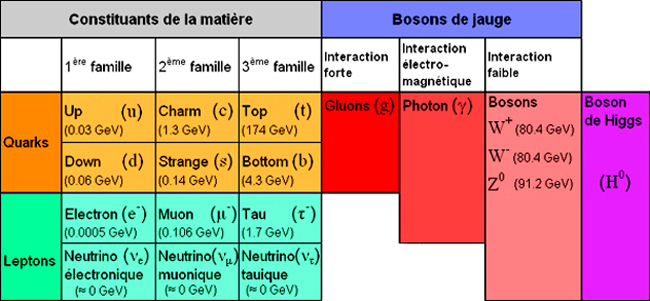
Articles on the same theme
"The data available on this site may be used provided that the source is duly acknowledged."
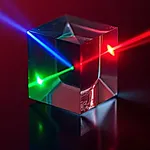 Quantum Entanglement: When Two Particles Become One!
Quantum Entanglement: When Two Particles Become One! The Pentaquark: A New Piece of the Cosmic Puzzle!
The Pentaquark: A New Piece of the Cosmic Puzzle! Why are Rare Gases
rare?
Why are Rare Gases
rare? Brownian Motion: A Link Between Two Worlds
Brownian Motion: A Link Between Two Worlds The 4 Articles of Albert Einstein from 1905
The 4 Articles of Albert Einstein from 1905  Why does nuclear fusion require so much energy?
Why does nuclear fusion require so much energy?  Feynman diagrams and particle physics
Feynman diagrams and particle physics  Stars cannot create elements heavier than iron because of the nuclear instability barrier
Stars cannot create elements heavier than iron because of the nuclear instability barrier  What is β radioactivity?
What is β radioactivity? 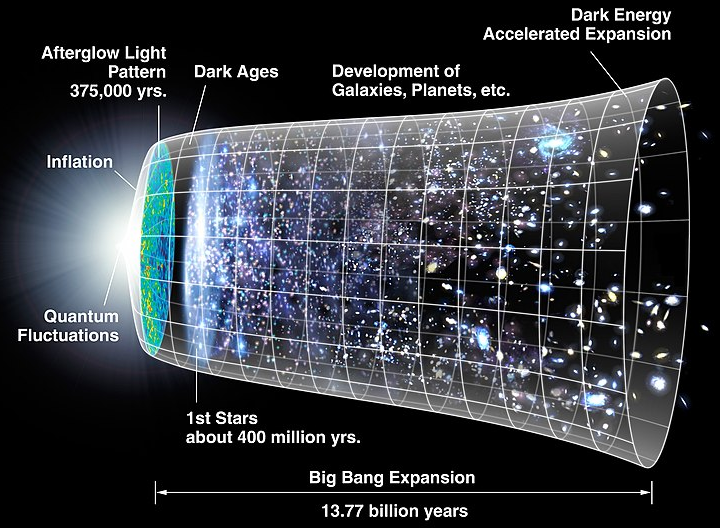 Planck wall
theory
Planck wall
theory 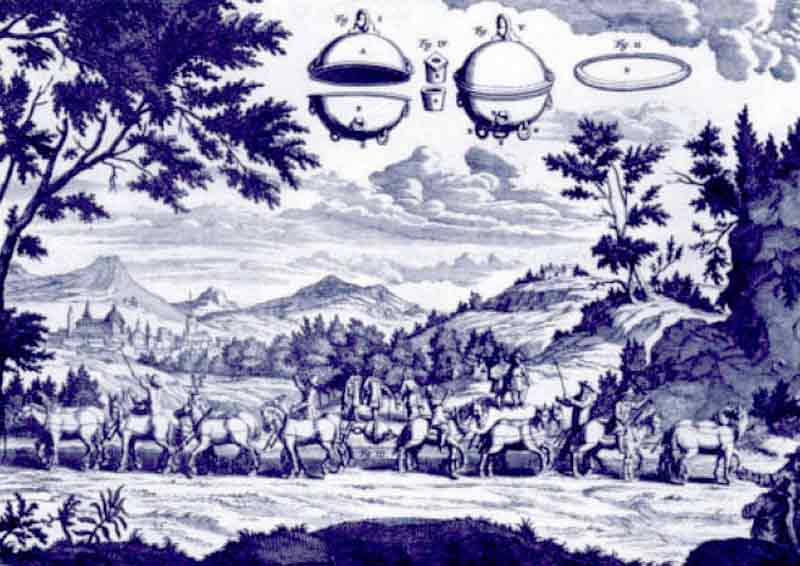 Is
emptiness really empty?
Is
emptiness really empty?  The Large Hadron Collider
The Large Hadron Collider  The hadron is not a fixed object
The hadron is not a fixed object 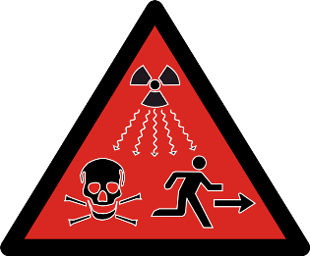 Radioactivity, natural and artificial
Radioactivity, natural and artificial 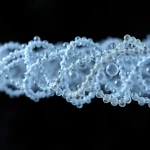 The World of Nanoparticles: An Invisible Revolution
The World of Nanoparticles: An Invisible Revolution  Schrodinger's Cat
Schrodinger's Cat
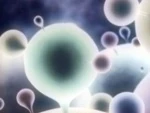 Before
the big bang the multiverse
Before
the big bang the multiverse 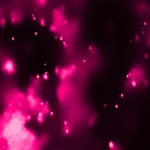 Eternal
inflation
Eternal
inflation  Gravitational
waves
Gravitational
waves 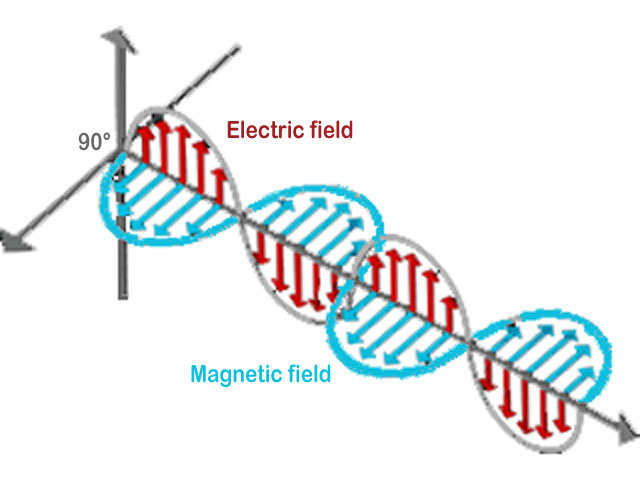 What
is a wave?
What
is a wave?  The fields of reality: what is a field?
The fields of reality: what is a field? 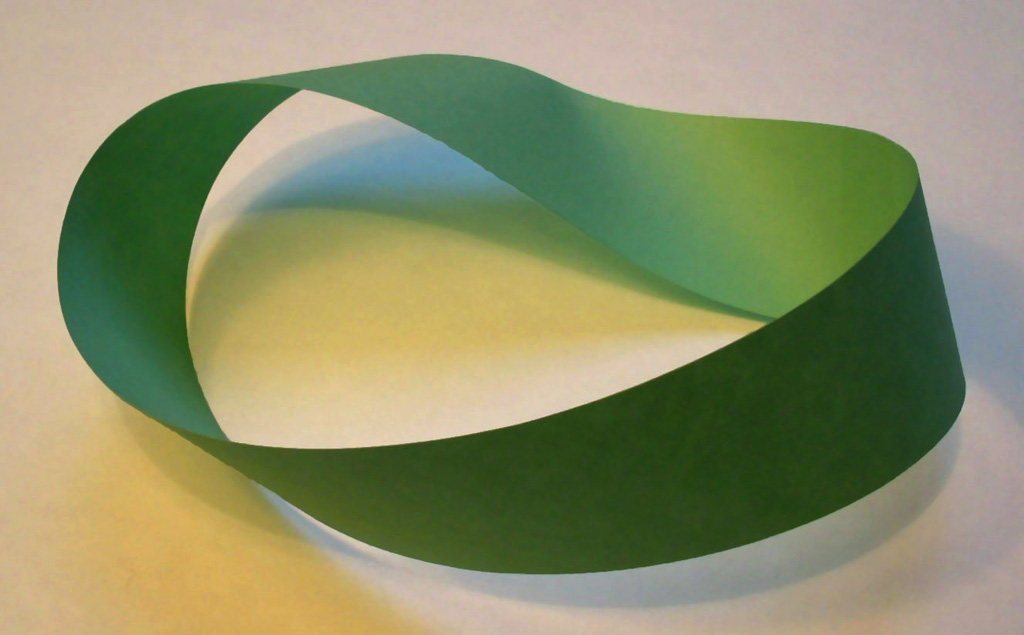 Space in time
Space in time
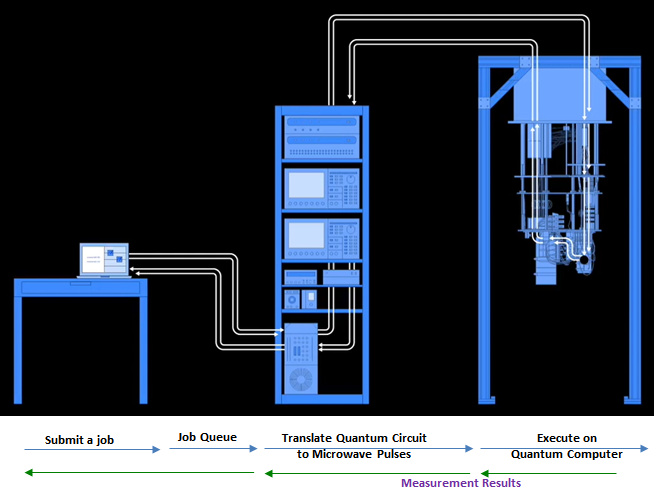 Quantum computers
Quantum computers
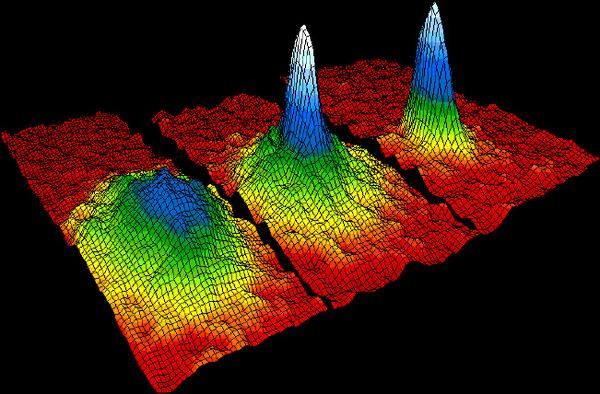 Bose-Einstein condensate
Bose-Einstein condensate  Equation of Newton's three laws
Equation of Newton's three laws 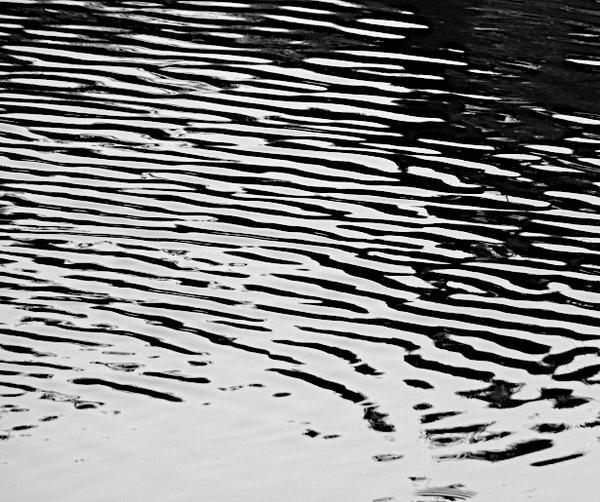 Field concept
in physics
Field concept
in physics 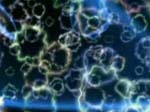 The electron, a kind of electrical point
The electron, a kind of electrical point 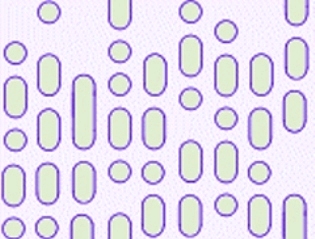 Entropy and
disorder
Entropy and
disorder  Light, all the light of the spectrum
Light, all the light of the spectrum 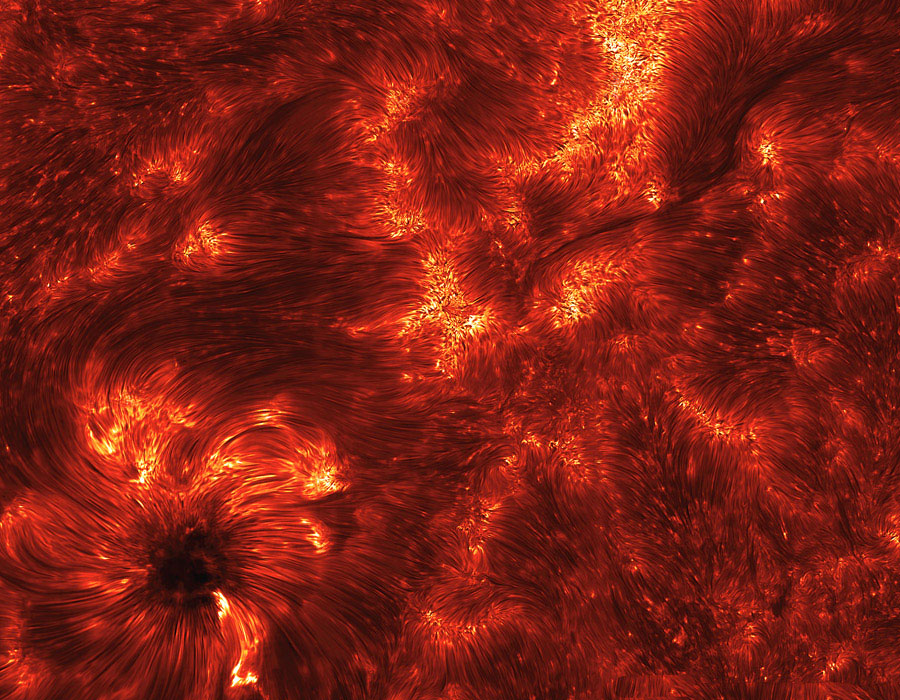 The
infernal journey of the photon
The
infernal journey of the photon 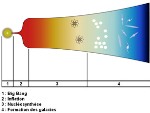 Mystery of the Big Bang, the problem of the horizon
Mystery of the Big Bang, the problem of the horizon 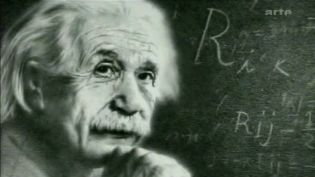 Einstein's space
time
Einstein's space
time  Time Measurement: Scientific and Technological Challenge
Time Measurement: Scientific and Technological Challenge  Physical and Cosmological Constants: Universal Numbers at the Origin of Everything
Physical and Cosmological Constants: Universal Numbers at the Origin of Everything  Spectroscopy, an inexhaustible source of information
Spectroscopy, an inexhaustible source of information  Abundance of chemical elements in the universe
Abundance of chemical elements in the universe  The size of atoms
The size of atoms
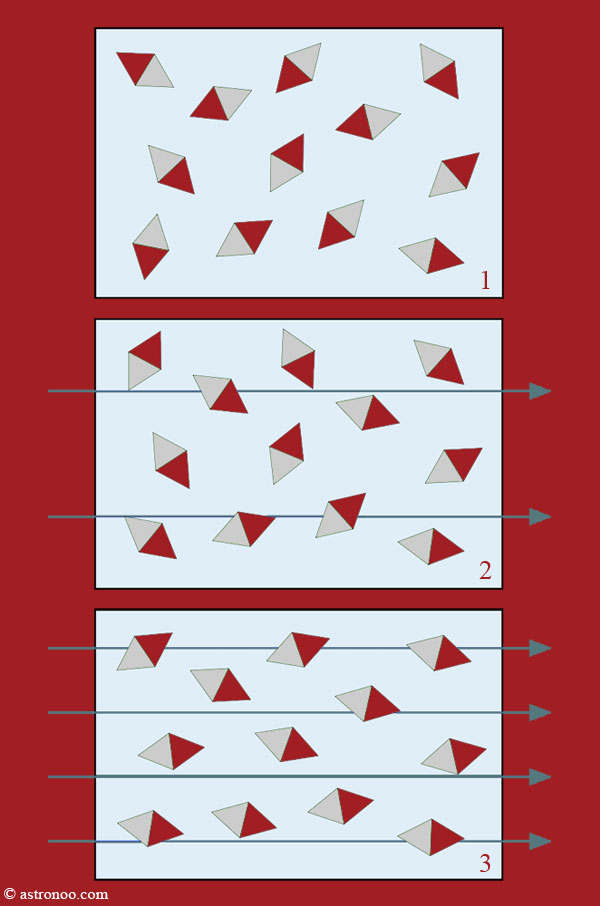 The
magnetic order and magnetization
The
magnetic order and magnetization  The quark confinement
The quark confinement
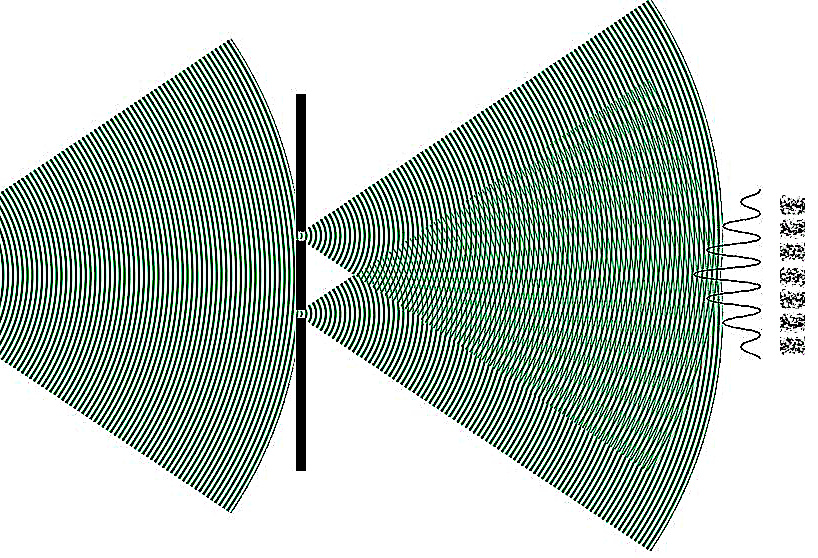 Superpositions of quantum states
Superpositions of quantum states  Alpha decay (α)
Alpha decay (α)
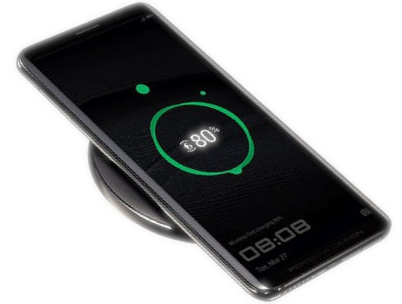 Electromagnetic induction equation
Electromagnetic induction equation 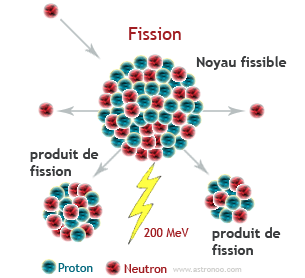 Nuclear
fusion, natural energy source
Nuclear
fusion, natural energy source 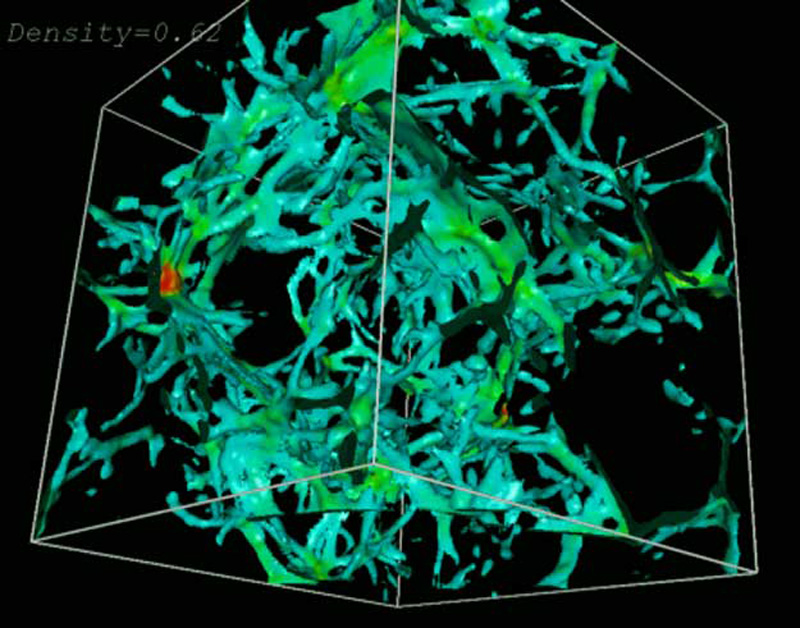 Does dark
matter exist?
Does dark
matter exist? 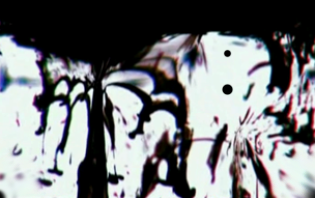 Non-baryonic matter
Non-baryonic matter
 From the Ancient Atom to the Modern Atom: An Exploration of Atomic Models
From the Ancient Atom to the Modern Atom: An Exploration of Atomic Models  The mystery of matter, where mass comes from
The mystery of matter, where mass comes from  Nuclear
energy and uranium
Nuclear
energy and uranium  The Universe
of X-rays
The Universe
of X-rays  How
many photons to heat a coffee?
How
many photons to heat a coffee?  Seeing Atoms: An Exploration of Atomic Structure
Seeing Atoms: An Exploration of Atomic Structure 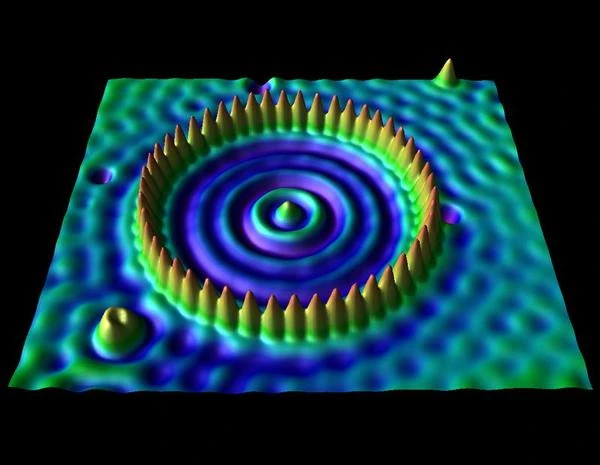 Quantum tunneling of quantum mechanics
Quantum tunneling of quantum mechanics 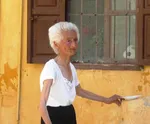 Entropy: What is Time?
Entropy: What is Time?  The 12 Particles of Matter: Understanding the Universe at the Subatomic Scale
The 12 Particles of Matter: Understanding the Universe at the Subatomic Scale  The Atomic Orbital: Image of the Atom
The Atomic Orbital: Image of the Atom 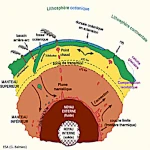 Earth's radioactivity
Earth's radioactivity
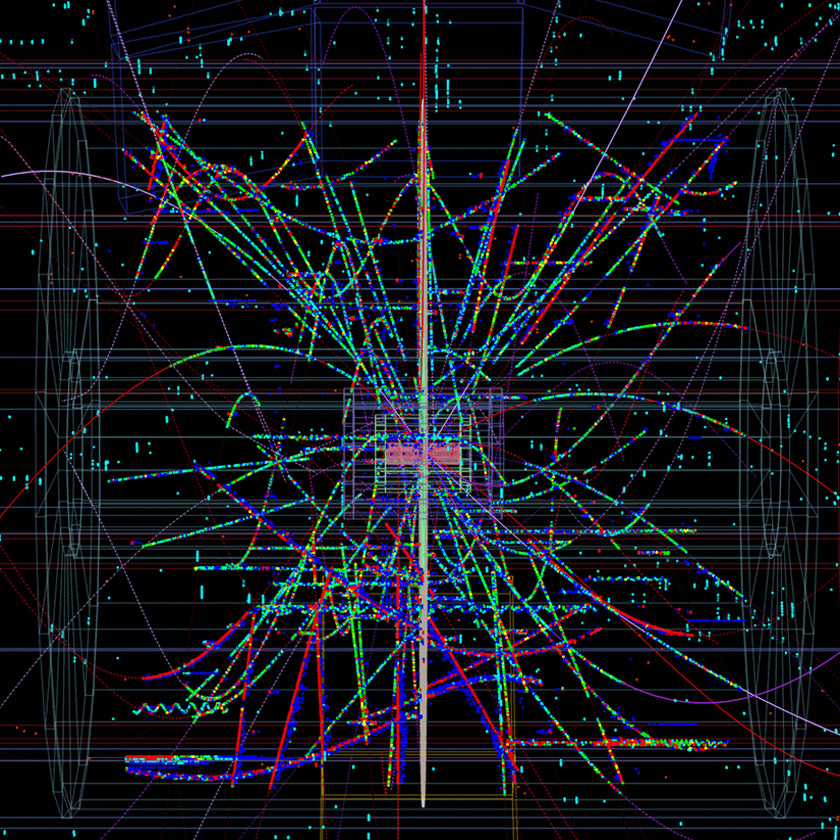 The vacuum has considerable energy
The vacuum has considerable energy 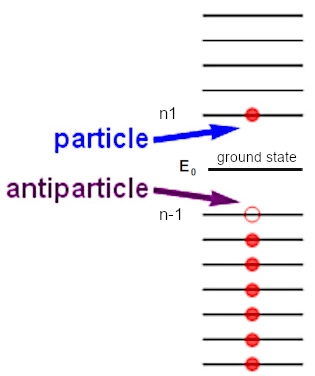 Antimatter and antiparticle
Antimatter and antiparticle 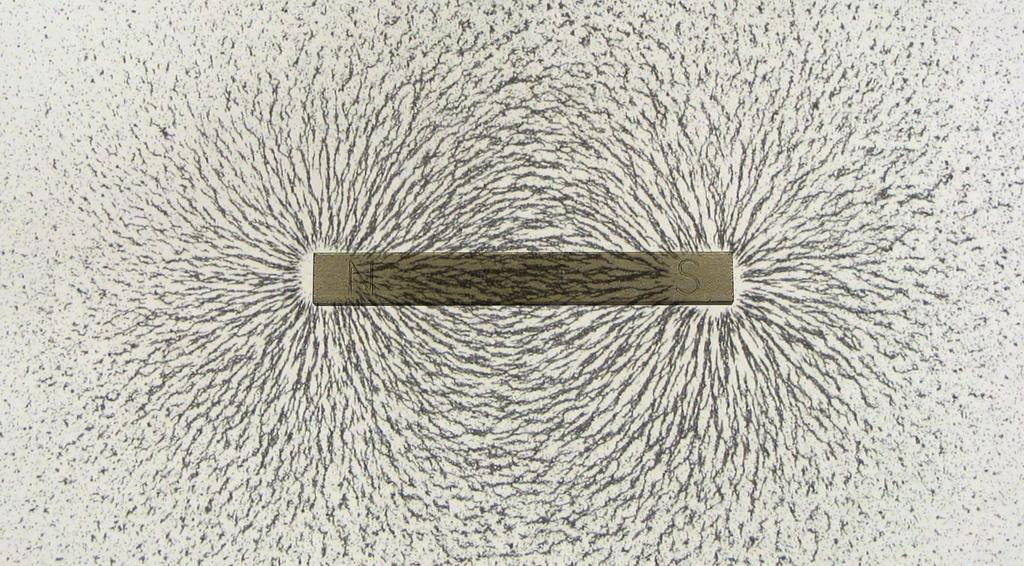 What is an
electric charge?
What is an
electric charge?  Our matter
is not quantum!
Our matter
is not quantum!  Why use hydrogen in the fuel cell?
Why use hydrogen in the fuel cell?  The secrets of gravity
The secrets of gravity
 E=mc2 explains the mass of the proton
E=mc2 explains the mass of the proton 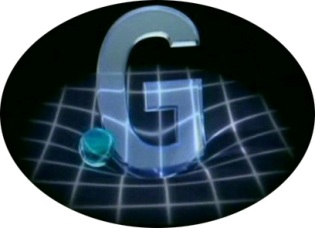 Image
of gravity since Albert Einstein
Image
of gravity since Albert Einstein  Einstein's miraculous year: 1905
Einstein's miraculous year: 1905  What does the equation E=mc2 really mean?
What does the equation E=mc2 really mean?  Special relativity and space and time
Special relativity and space and time 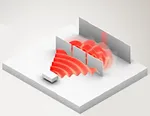 Between Waves and Particles: The Mystery of Duality
Between Waves and Particles: The Mystery of Duality